Berman, Patricia G. In Another Light: Danish Painting in the Nineteenth Century. New York: Vendome Press, 2007
Chapter 3
RE-PRESENTING CONTEMPORARY HISTORY
Changing audiences, expectations, and experiences required new approaches to the representation of historical subjekts in the late eighteenth and early nineteenth centuries. Paintings of contemporary history became weapons of political propaganda and later, instruments of political critique and vehicles of social reform. In devising images that glorified contemporary heroes, artists often distorted the truth and utilized familiar and venerable formulas that conveyed desirable associations. The Napoleonic wars led to escalating nationalist sentiments, which resulted in the establishment of national museums.
Artists and Artworks:
Readings:
Boime, Albert. Art in the Age of Revolution, 1750-1800. Chicago and London: University of Chicago Press, 1987
Bryson, Norman. Tradition and Desire: From David to Delacroix. Cambridge and New York: Cambridge University Press, 1984
Clark, T.J. “Painting in the Year 2,” Farewell to an Idea. Episodes from a History of Modernism. New Haven and London: Yale University Press, 1999, 15-53
Craske, Matthew. Art in Europe, 1700-1830. New York: Oxford University Press, 1997
Crow, Thomas. Emulation: David, Drouais, and Girodet in the Art of Revolutionary France. New Haven, CT: Yale University Press, 1995
Eitner, Lorenz. Neoclassicism and Romanticism 1750-1850, vol. 1: Enlightenment and Revolution. Englewood Cliffs: Prentice Hall, 1970
Hobsbawm, Eric. The Age of Revolution: 1789-1848. New York: Vintage Books
Hunt, Lynn. Politics, Culture, and Class in the French Revolution. Berkeley: University of California Press, 1984
Israel, Jonathan. A Revolution of the Mind: Radical Enlightenment and the Intellectual Origins of Modern Democracy. Princeton: Princeton University Press, 2009
Janson, H.W. 19th-Century Sculpture. New York: Harry N. Abrams, 1985
Porterfield, Todd B. Staging Empire: Napoleon, Ingres, and David. University Park: Pennsylvania State University Press, 2006
Ribner, Jonathan P. Broken Tablets: The Cult of the Law in French Art from David to Delacroix. Berkeley, CA: University of California Press, 1993
Rosenblum, Robert. Transformations in Late Eighteenth Century Art. Princeton, NJ: Princeton University Press, 1967
Solomon-Godeau, Abigail. Male Trouble: A Crisis in Representation. New York: Thames and Hudson, 1997
Web Resources
GeorgeMasonU: French Revolution
smarthistory.com: Raft of the Medusa
Poland - maps of 1772, 1793, 1795 partitions
Western German states in the 18th century - threre were several hundred independent entities (kingdoms, duchies, monasteries, free cities) which made it relatively easy for Napoleon's armies to conquer them

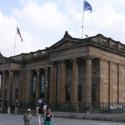
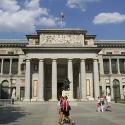
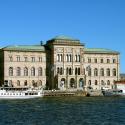
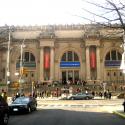
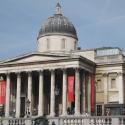
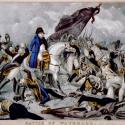
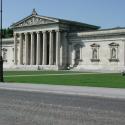
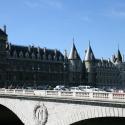

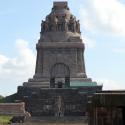
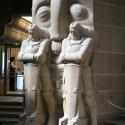
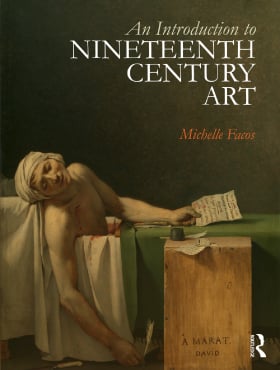 Buy the Book
Buy the Book